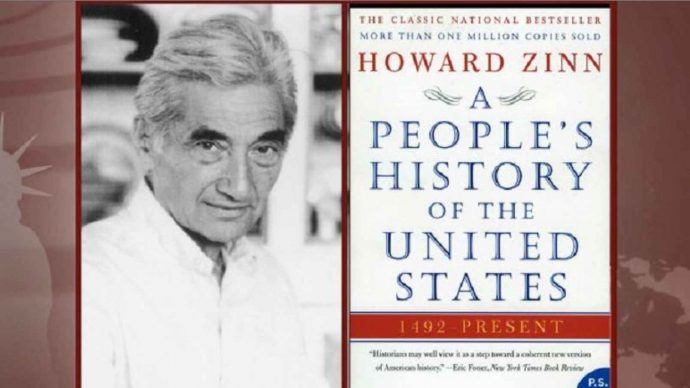Bruce Bawer writes in “Zinns of Omission” that “Mary Grabar definitively discredits America’s top history textbook”:
Perhaps the nicest thing you can say about Howard Zinn’s People’s History of the United States is that it shows that even in the era of the Internet a book can continue to have an immense social impact. In Zinn’s case, however, that impact could hardly be more dangerous. Published in 1980, Zinn’s book has for some time been, as Mary Grabar notes in her definitive new study of it, Debunking Howard Zinn, both the bestselling trade history of America and the bestselling American history textbook. When Zinn wrote it, he intended it to provide a skeptical (shall we say) alternative to previous accounts of US history, which Zinn, hardcore America-hater that he was, saw as excessively pro-American. Today, Zinn’s book isn’t just an insidious alternative; it is the reigning book in the field, and its once alternative take on US history has become received wisdom on the establishment left. Not a few of the students who read the book years ago when they were college students, and who fell for Zinn’s take on US history hook, line, and sinker, are now teachers who are using the same book to indoctrinate their own charges.
Many of us have been aware for years of Zinn’s perfidious influence – and have fretted over it in print. But to read Grabar is to realize that the situation is even worse than many of us thought – and to learn things about Zinn that one didn’t know before. One of the things I learned from Grabar is that Matt Damon – who, in the 1997 movie Good Will Hunting (which he co-wrote and starred in) worked in a plug for Zinn’s book that gave it a major boost – grew up with Zinn as a neighbor and was sucked in by People’s History by the age of ten.
Read more: Frontpage Mag
Image credit: www.frontpagemag.com.

